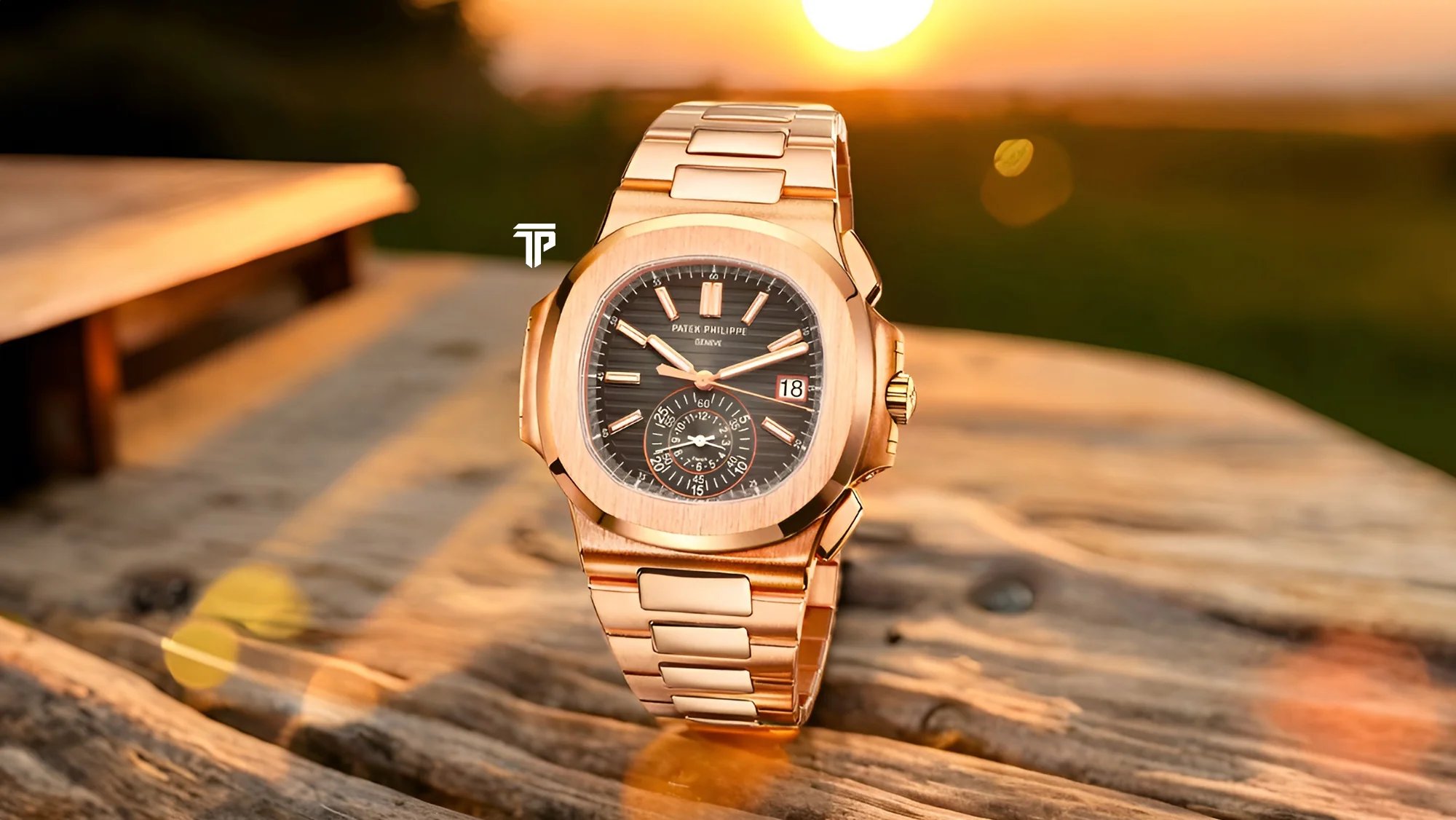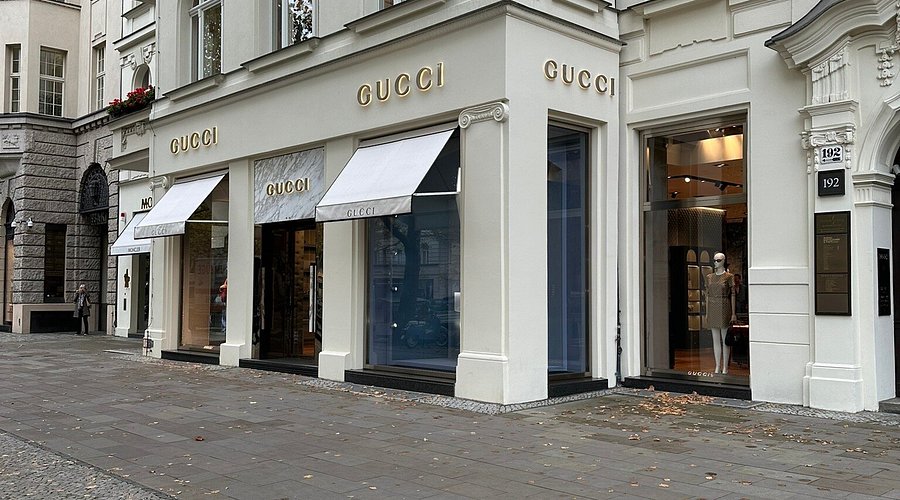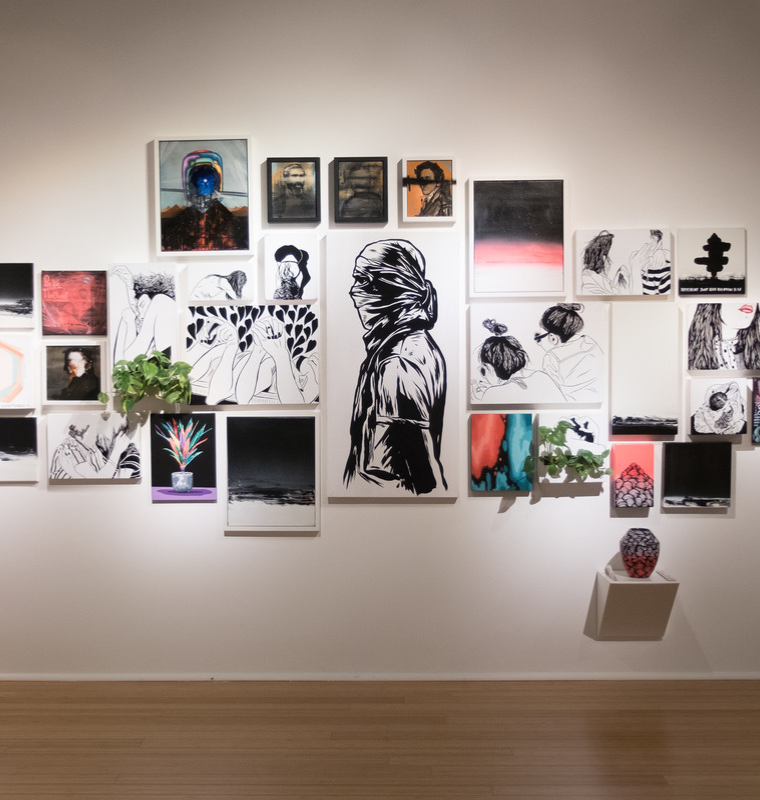Ultra Wealthy Shift Spending Habits: A New Paradigm for Affluent Spending
By
Sophie Moore
Last updated:
September 3, 2025
First Published:
September 3, 2025

Photo: Julius Baer
The spending habits of the ultra wealthy are undergoing a significant transformation, moving away from ostentatious displays of transient trends and towards more enduring forms of value and personal expression. This notable shift sees a decrease in expenditures on fast changing fashion and an increased focus on acquiring fine jewelry, alongside a strategic diversification of investment portfolios. This evolution reflects deeper changes in priorities, emphasizing lasting value, discreet luxury, and prudent financial stewardship.
From Fleeting Trends to Enduring Assets
For many years, high end fashion was a prominent indicator of wealth, with seasonal collections and designer labels dominating the spending patterns of the affluent. However, this trend is gradually receding. The ultra wealthy are increasingly recognizing the ephemeral nature of fashion cycles and the diminishing returns on constantly updated wardrobes. There is a growing appreciation for craftsmanship, rarity, and items that hold or even appreciate in value over time. This discernment moves beyond simply buying expensive items to investing in pieces that tell a story, possess intrinsic worth, and can be passed down through generations.
The Rise of Fine Jewelry as a Preferred Luxury
As fashion takes a backseat, fine jewelry is stepping into the spotlight as a preferred luxury item. Unlike seasonal clothing, exquisite jewelry crafted from precious metals and rare gemstones embodies timeless elegance and often appreciates in value. Pieces from renowned houses, unique custom designs, and ethically sourced gems are highly sought after. This embrace of fine jewelry is not merely about adornment; it is about acquiring tangible assets that represent artistry, heritage, and a secure store of wealth. It signifies a move towards items that offer both aesthetic pleasure and a solid investment, reflecting a more considered and sophisticated approach to luxury consumption.
Strategic Diversification of Investment Portfolios
The shift in spending is intrinsically linked to a broader, more strategic approach to wealth management. The ultra wealthy are actively diversifying their investment portfolios beyond conventional stocks, bonds, and real estate. This includes a growing interest in alternative investments such as private equity, venture capital, hedge funds, and even less traditional avenues like fine art, vintage cars, and rare collectibles. This diversification is driven by a desire to mitigate risk, capitalize on emerging markets, and ensure long term wealth preservation and growth amidst global economic volatility. Advisors are increasingly guiding clients towards a holistic strategy that balances traditional holdings with these more specialized and potentially lucrative assets.
The Psychology Behind the Shift
This evolution in spending habits also reveals a deeper psychological underpinning. It points towards a greater maturity in wealth management, where discretion often replaces overt ostentation. The ultra wealthy are increasingly focused on building a lasting legacy, both for their families and through philanthropic endeavors. This involves thoughtful consumption that aligns with personal values, responsible investment practices, and a desire to make a meaningful impact. The shift towards fine jewelry and diversified investments underscores a preference for quality over quantity, intrinsic value over fleeting trends, and long term security over momentary indulgence, painting a portrait of a new era for affluent spending.
Subscribe to unlock premium content
Sed at tellus, pharetra lacus, aenean risus non nisl ultricies commodo diam aliquet arcu enim eu leo porttitor habitasse adipiscing porttitor varius ultricies facilisis viverra lacus neque.
A comprehensive guide on Agile development

10 Productivity tools that are worth checking out

Top 7 Must have management tools for productivity

A comprehensive guide on Agile development

10 Productivity tools that are worth checking out

A comprehensive guide on Agile development









